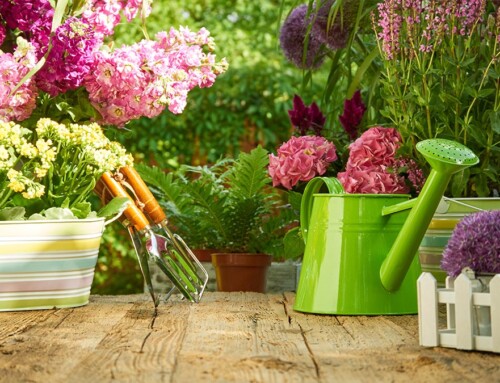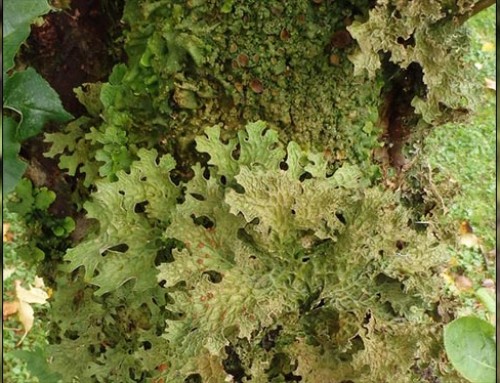One of the key jobs this month is rescuing and replacing some of the soft fruit that I inherited in the garden. The raspberries, which are currently sitting in an impossibly weedy and mold ridden polytunnel, will be relocated to 2 new outdoor beds. Some of the gooseberries that had previously sat with their roots in poorly drained soil will be replaced with new bushes, and should thrive in the fruitcage with the improved drainage. Also, some new strawberry beds have been created and a couple of rhubarb plants are on their way.
November through to February is the best time to plant fruit bushes and it is a pretty easy task. Simply soak the roots in a bucket of water for about thirty minutes, when you’re ready to plant the bush dig a hole big enough to allow space for the roots, then add some manure, compost or a handful of Fish, Blood and Bone meal. Next tease out the roots and place the plant in the hole and firm the earth around to get rid of any air pockets. Be sure not to plant the bush/tree too deep or too shallow. A good indicator is to look for the original soil mark on the stem. Make sure you water it well. Simple!
Protecting your fruit trees and bushes from birds is really important. We are very fortunate to have a lovely fruit cage that was built by our joiners Michael and Martin. A common solution is to simply drape the bushes with netting when the buds begin to burst in Spring. Try to peg the netting down taut to avoid any birds getting caught up and check regularly, freeing any birds if necessary.
Beyond the birds, normal plant maintenance is still important so weeding; watering and adding mulch should be ongoing.
To keep getting good fruit, you need to prune your fruit bushes every year. Late Winter and early Spring is a good time for this, but more on that in a future blog.
It’s not too late to get hold of some fruit bushes now and with a little bit of work you’ll be reaping the rewards for years to come.











